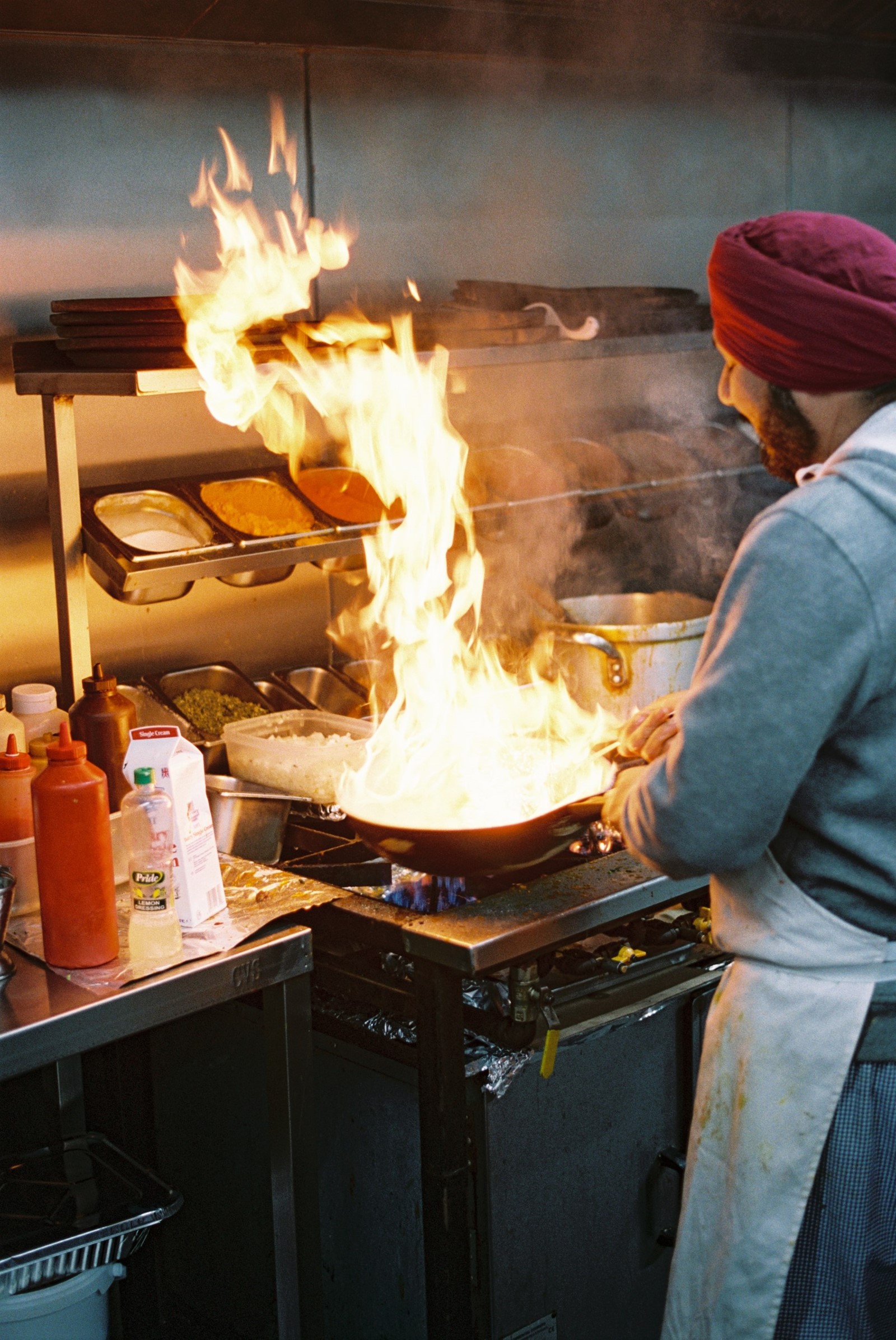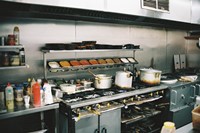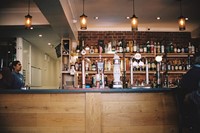London is overflowing with famous restaurants. There’s St John, The Wolseley, Mount St, Brat, Sessions Arts Club, Quo Vadis, Andrew Edmunds, Claridge’s and more spread throughout Soho, Mayfair, Farringdon, Clerkenwell and Shoreditch. Even if you’re not particularly interested in food, chances are you’ve heard of at least a handful of these restaurants – such is the ubiquity of food culture in London today. Expense unites these places – afternoon tea at Claridge’s will set you back £85, for example – along with a certain air of prestige inherent to the fine dining experience; these restaurants are as defined by their service, location, atmosphere, and the quality of their ingredients, as they are by the actual food they serve.
Jonathan Nunn, a writer and the founder of Vittles, an influential online food magazine, is not particularly interested in fine dining (although he admits he recently enjoyed a £32 club sandwich at The Connaught, somewhat ironically). As a star writer at the now-defunct online food magazine Eater London, in the early 2020s he championed the city’s lesser-known restaurants in the outer boroughs, writing listicles like ‘The Best-Value Restaurants in London’ championing high-quality Syrian, Somali, Guyanese, Canto-Malay, and Ghanaian cuisine in Harrow, Hounslow, New Malden, Barnet, and Barking – places many food lovers had never even heard of, let alone been to. In 2020, at the start of the pandemic, Nunn launched Vittles as a Substack out of boredom, and in the nearly four years since, it has grown to publish weekly restaurant reviews, thoughtful longform essays with food as a throughline, and clickbaity (and very useful) guides like 99 Great Value Places To Eat Lunch Near Oxford Circus Which Aren’t Pret and The Vittles London Pub Guide. One of Nunn’s co-editors at Vittles, Rebecca May Johnson, has a similarly radical, pioneering approach to writing about food – her 2022 book, Small Fires: An Epic in the Kitchen, also mixed memoir, food, and politics in a dizzying blend.
In 2022, Nunn released London Feeds Itself, a book of 25 essays by various writers about food and eating in everyday public spaces, under chapters like The Housing Estate, The Community Centre, The Mosque, The Airport and The Port. Amongst essays on home, belonging, and diaspora, there’s an enlightening Q&A with Jeremy Corbyn about allotments as spaces of “community, diversity and sanctuary”. Thanks to Nunn’s cult status, London Feeds Itself quickly sold out, but this year, it has been expanded, updated and republished by Open City (who first published it in 2022) and Fitzarraldo Editions. “Experiencing food outside of the home in these non-commercial spaces is the way that a lot of Londoners eat food,” says Nunn of the places featured in the book. “Certainly until very recently, restaurants just weren’t a thing that a lot of people went to unless you were upper middle class.”
Below, over laksa at 7 Floor in Holborn, AnOther spoke to Jonathan Nunn about the message behind London Feeds Itself.
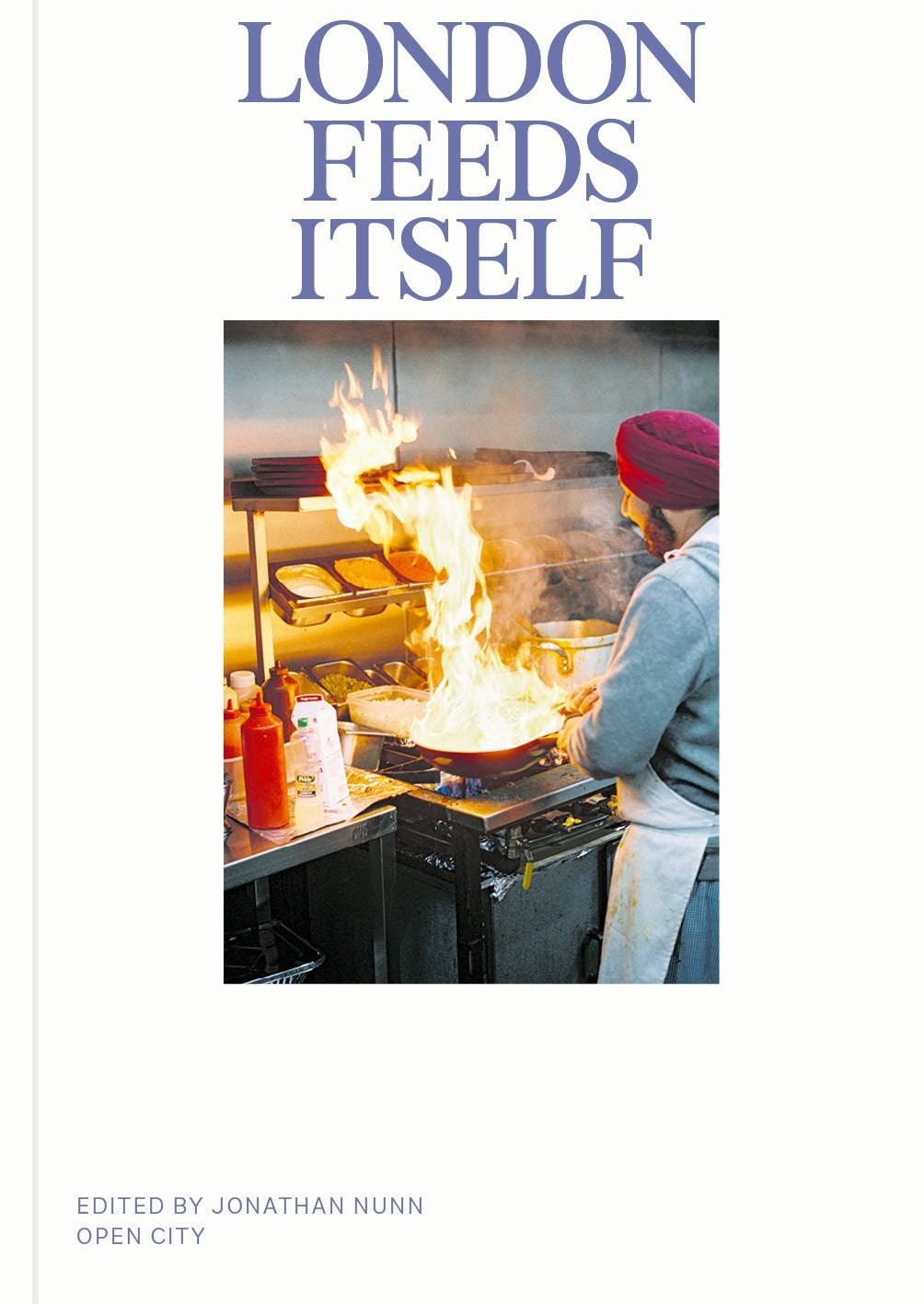
Violet Conroy: Where did you grow up? And how did you initially get into food?
Jonathan Nunn: I was born in Stoke Newington, but my family moved to Bounds Green when I was seven. I always felt a little bit of resentment from being taken out of somewhere where so much was happening to the suburbs, but that was very formative to my writing. It gave me a very useful map of London as being not just the inner city, but also the outer boroughs.
My mum’s side of the family is Goan. They used to put on church lunches in Muswell Hill, and it was in the church halls that I felt most connected to the Goan side of my family. Experiencing food outside of the home in these non-commercial spaces is the way that a lot of Londoners eat food. Certainly until very recently, restaurants just weren’t a thing that a lot of people went to unless you were upper-middle class. So a lot of that story of London food is told in London Feeds Itself.
VC: Were your parents super into food?
JN: When you move to a country and food becomes one of the main ways that you can connect with the life you had, that makes you very interested in food. My dad had a very typical working-class British upbringing, where the only places that he went to outside of the home were the pub, the pie and mash shop, and the chippy. Those two sides are quite important in the way that I write about food and how I conceive of London. My dad is a born Londoner and my mum is a Londoner who chose it. I don’t believe one is more valid than the other.
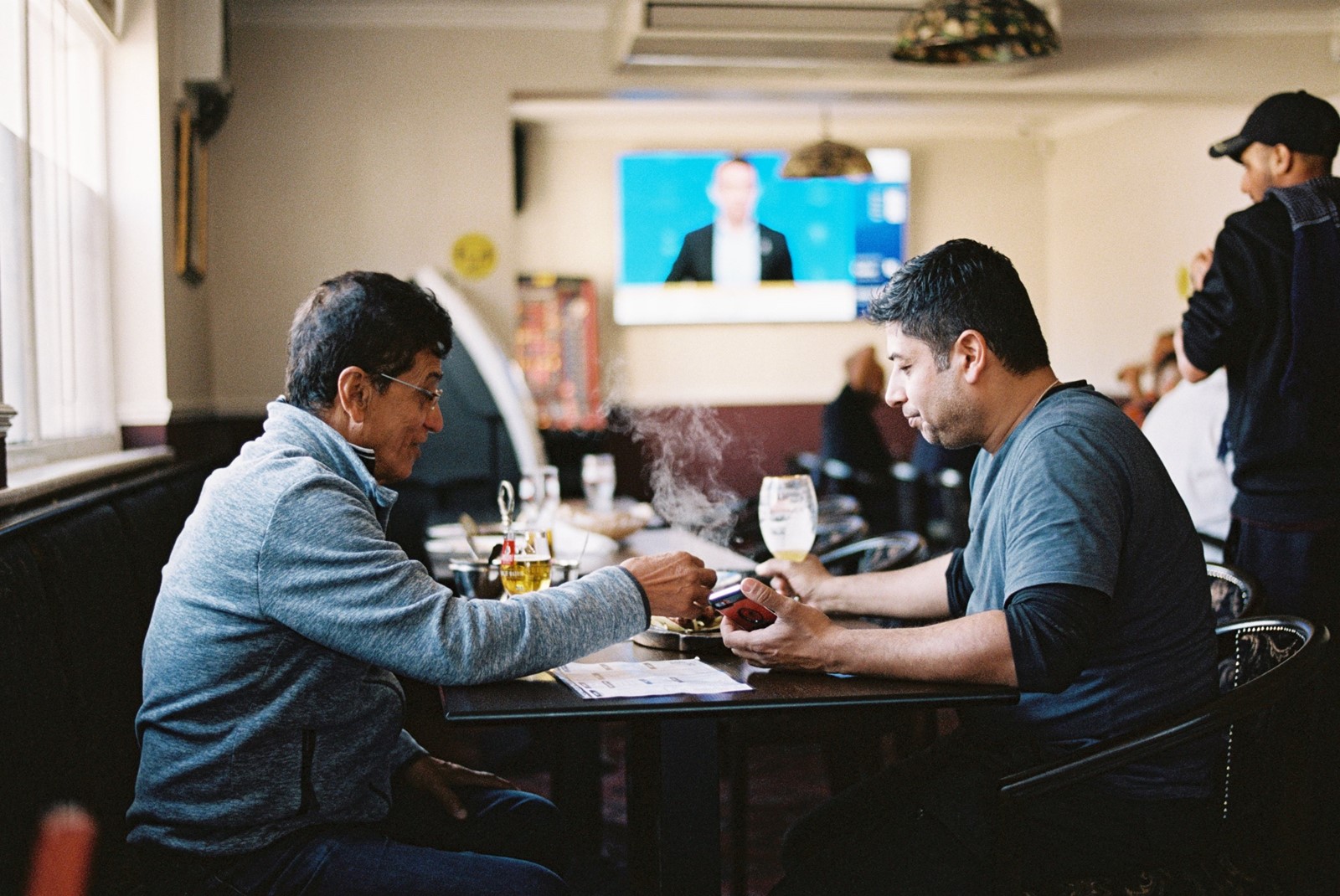
VC: You’ve been quite vocal about your disregard of restaurants in central London. Are you against the fine dining scene there?
JN: Not at all. I always saw my writing at Eater London and Vittles as a counterpoint to the dominant narrative of what London is as a food city. I also feel like I’ve made that point, and now I can concentrate on work that actually reflects the entirety of my own taste, which also encompasses central London restaurants (which I love a lot). In the 90s, there was this focus on individual chefs making Michelin-starred food: Marco Pierre White, Gordon Ramsay, Marcus Wareing, the River Café and so on. But that doesn’t encapsulate what makes London a great food city. The aim of Vittles is to cover the city in a much more expansive way than it had been before.
VC: You famously go on long, meandering walks around London in search of food. How did this start?
JN: While I was at university, I hated not being in London. And when I came back, food was part of the way I threw myself back into it. I was quite depressed at the time, about university, life, and not having a job. I would wake up at three in the afternoon, and I’d go on these late-night walks into London. I’d often end up in Chinatown, and every day I’d sit down and eat something different. Even though Google reviews are an increasingly influential way that all of us find out about restaurants, I think walking is integral to the writing. If you’re not walking, if you’re not engaging with the city, if you’re not talking to people, then you’re kind of missing the entire point.
“In the 90s, there was this focus on individual chefs making Michelin-starred food: Marco Pierre White, Gordon Ramsay, Marcus Wareing, the River Café and so on. But that doesn’t encapsulate what makes London a great food city” – Jonathan Nunn
VC: Do you think this culture of virality in the food world – when a restaurant blows up on TikTok, for example – is helping or harming restaurants? And do you ever worry that your restaurant reviews might have a similar effect?
JN: I initially thought it was a good thing because there should be a multiplicity of voices; restaurant culture shouldn’t just be filtered through seven people who are the sons of more famous people. Increasingly, I feel that that optimism was misplaced. It’s led to a new homogeneity very quickly in terms of what gets talked about and what goes viral. At the moment, we’re going through a real phase of bad Americana, bad Italian-American food, fairly bad burgers, bad pizza. I’ve seen places go TikTok viral and not be able to cope, and for it to actually ruin the experience.
I used to worry quite a lot about reviewing. But I think what TikTok has shown me is that I don’t think any writer – even the most powerful restaurant reviewer in the country – can affect somewhere anywhere close to what TikTok is doing. The logic of virality is unfortunately producing a lot of places which just aren’t good; some of the food that is being put out is being designed for TikTok, essentially. And I can’t remember the last time I went to a place that blew up on TikTok where the food was actually good. The virality has become the thing, rather than whether the food is actually good or whether it’s serving a community. It’s about wanting to be part of finding a hidden gem, which a million other people have already found before you.
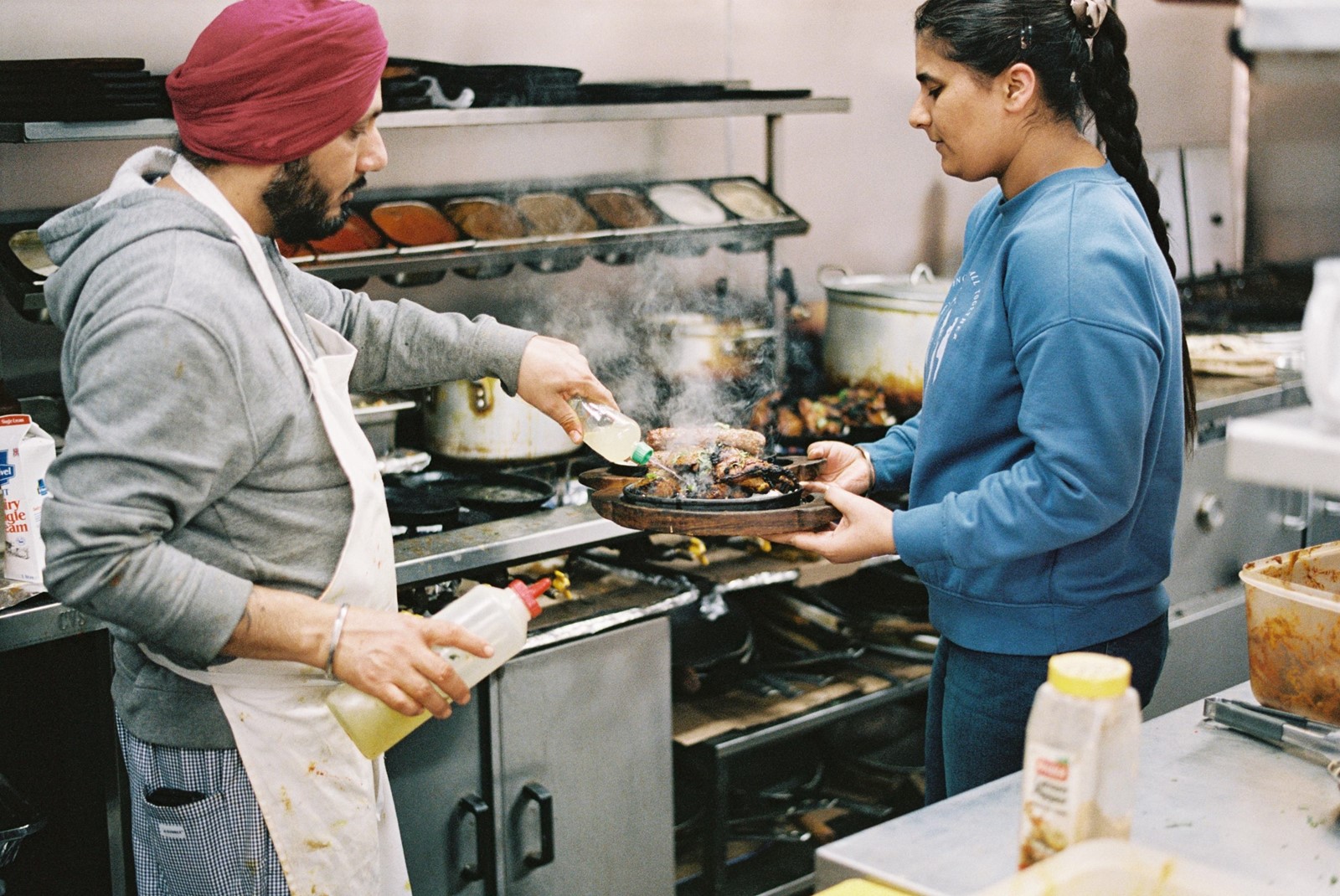
VC: What makes a good meal? And what makes a bad one?
JN: I don’t think there’s any kind of criteria. The quality that links all the places that I really love is a commitment to individualism and to themselves; places where people try not to follow trends, and adhere to their own version of what quality is. That commitment to cooking the food that you like – for your restaurant to be the restaurant that you want to go to, and not that everyone wants to go – produces good meals.
VC: Do you have any guilty pleasures?
JN: On Saturday I was in The Connaught eating a £32 club sandwich because I just wanted to see what a club sandwich that costs £32 tastes like. My partner says that my big weakness is that I like the extremes of things and have no time for the middle ground. I almost feel like when you get to somewhere like Mayfair, where you just have the uber-rich, you start to get stupidity again in a really big way. And I think The Connaught is very stupid in a really fun way. It’s actually one of the most fun ways you can eat in London, if you can do it. It’s one way of killing two hours.
VC: Who are some of your favourite food writers and publications?
JN: A lot of really interesting stuff is going on in the smaller publications. There’s a great magazine called Chicken and Breads. I really like what Lucy Dearlove is doing at Lecker, which is a podcast, but I also consider that food writing. I like what Anna Sulan Masing is doing at Sourced, a Substack about the origins of food. Isaac Rangaswami has started a Substack called Wooden City, and he’s branched out from focusing on cafes to everything he loves about London. In terms of restaurant writing, I love a lot of the American writers, like Helen Rosner at The New Yorker, Bill Addison at the LA Times, Pete Wells at The New York Times, and Tammie Teclemariam at New York Magazine. I’m reviewing more often now so I read a lot more of their work, and it helps me a lot.
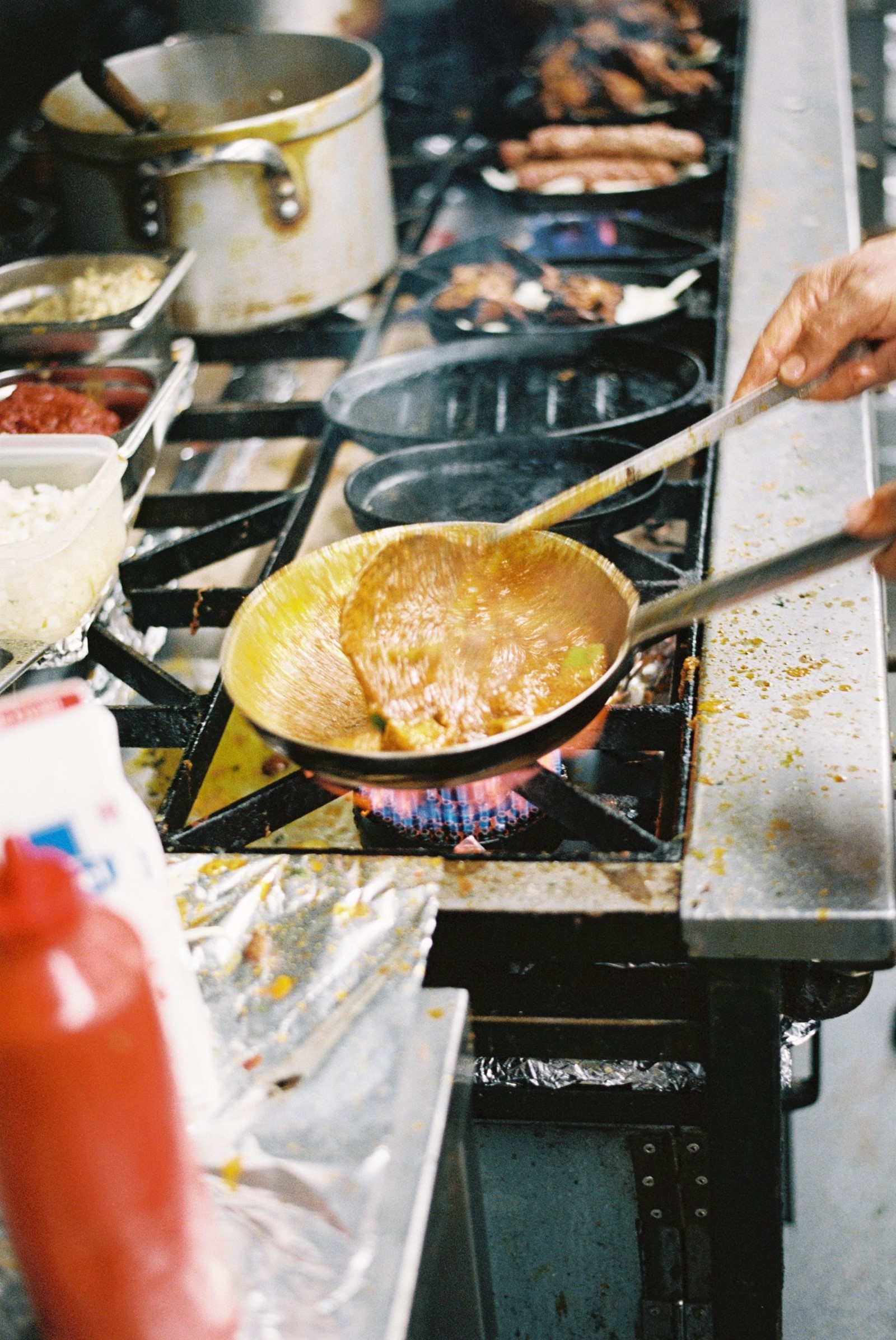
VC: Why is the food critic model broken? And how can it be fixed?
JN: Every generation says restaurant criticism is about to die, and it never does. But I do worry for it. I worry that mainstream restaurant writing hasn’t been able to come up with answers to the democratisation of taste and judgement that Google reviews and then TikTok has provided. I feel like it doesn’t quite know what it’s for. You know, the most famous and powerful food critic in the world is a TikToker, Keith Lee. And he’s doing something that no restaurant critic can really do.
I don’t think restaurant criticism is going to die. But I do think it needs to come up with answers. I think London Feeds Itself and Vittles is one way of answering it. I don’t think it’s the only way. In fact, I think it’d be unhealthy if it was the only way. I’d just like more diversity, that’s all.
London Feeds Itself (edited by Jonathan Nunn) is republished by Open City and Fitzcarraldo Editions, and is out now.
